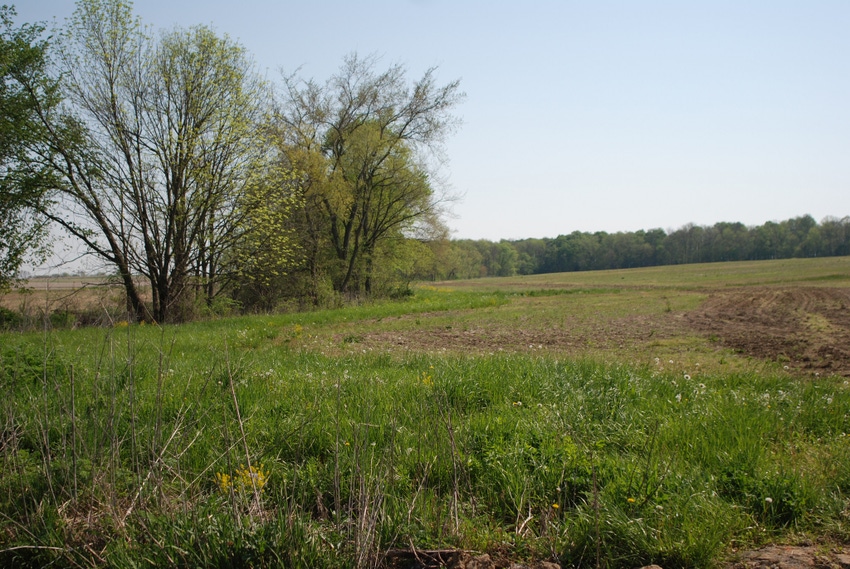Grain industry group voices support for changes to CRP and also urges changes in easement program.
March 14, 2019

As part of its efforts to gather input on conservation standards as part of implementing the 2018 farm bill, the U.S. Department of Agriculture’s Natural Resources Conservation Service (NRCS) is seeking public comments on how to improve conservation practice standards that support programs. The comment period ends April 25, 2019.
In comments submitted to USDA, the National Grain & Feed Assn. (NGFA) commended Congress for making positive reforms to the Conservation Reserve Program (CRP) in the 2018 farm bill and urged the department to implement them as intended.
In a March 1 statement submitted in response to USDA’s request for input on implementation of the 2018 farm law, NGFA noted the intent of Congress to limit rental rates to better target CRP to marginal land.
“Too much productive farmland currently is enrolled in CRP, which undermines American agriculture’s ability long term to compete in international markets,” NGFA’s statement noted. “Reducing CRP rental rates should help focus future enrollments on less-productive land. This policy change also benefits young and beginning farmers and ranchers who, for too long, have been forced to compete directly against the federal government to access land.”
The 2018 farm bill imposes a statutory limit on CRP rental rates for the first time, requiring that CRP rental rates paid to farmers be adjusted to 90% of the county rate for continuous signups and 85% for general signups. However, Farm Service Agency (FSA) state offices and Conservation Reserve Enhancement Program partners can propose alternative CRP rental rates.
In its statement, NGFA urged FSA headquarters to create guidelines to ensure that any adopted alternative CRP rental rate is at least as statistically representative of the average non-irrigated cropland cash rental rates as the National Agricultural Statistics Service's custom rental rates that serve as the basis for CRP rental rates. NGFA argued that without such guidelines, “alternative rates may represent fewer samples, less acreage or higher-value, productive farmland and lead to a subjective and distortive rate-setting process, thereby thwarting the intent of Congress and undermining U.S. agricultural competitiveness.”
In addition, NGFA’s statement urges FSA to report the current land use for all expired CRP land to provide a full accounting of CRP’s impact on cropland acreage, claiming such information will give policy-makers a better grasp of the long-term impacts of CRP, which is a much bigger issue than the debate over the current acreage cap.
NGFA also urged NRCS to maintain and make publicly available state- and county-level data on land covered by conservation easements purchased using federal assistance through the Agricultural Conservation Easement Program (ACEP). NGFA’s statement asks NRCS to collect and publish data on the number of acres placed under conservation easements, the soil classification of the land and the use of the land before and after implementation of the terms of the easement.
Finally, NGFA urged NRCS to disallow the use of ACEP to permanently cease or prevent crop production on land placed under conservation easements. NGFA believes policies that reduce the amount of cultivated U.S. cropland will accelerate the existing long-term trend of declining U.S. cropland and will weaken U.S. agriculture relative to major international agricultural export competitors. NRCS should focus ACEP on reducing urban sprawl rather than on curtailing or preventing U.S. crop production, NGFA noted.
You May Also Like


.png?width=300&auto=webp&quality=80&disable=upscale)
